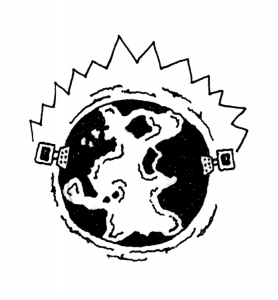
 A few weeks ago we took a first look at the process of quoting and translating websites. Today I propose to expand a little on this feature and focus on the challenge posed by a particular type of websites: those with a dynamic structure. The main feature of these websites is that they generate content in response to user interaction. In other words, what is displayed on the website depends on where each user clicks; the website’s address, though—its URL (the string of letters and numbers used as a Uniform Resource Locator)—remains the same.
A few weeks ago we took a first look at the process of quoting and translating websites. Today I propose to expand a little on this feature and focus on the challenge posed by a particular type of websites: those with a dynamic structure. The main feature of these websites is that they generate content in response to user interaction. In other words, what is displayed on the website depends on where each user clicks; the website’s address, though—its URL (the string of letters and numbers used as a Uniform Resource Locator)—remains the same.
This structure has the marginal advantage of sparing you some of the data traffic that typically occurs when browsing. This means that, at each change of window display, all the fixed parts on the website don’t need to be refreshed. However, a dynamic structure presents serious drawbacks when it comes to optimizing the presence of content on the Internet, as this type of programming logic is a counterproductive to the best positioning practices (SEO, or Search Engine Optimization). So when it comes to developing a website from scratch, it is preferable to avoid this technique.
In cases where a website’s dynamic structure has been in use for a while and the owner asks us to translate it, the first thing we do is ask for the source code of the page. This allows us to determine, for example, if the website was built with a CMS (Content Management System). If it was (using for instance WordPress, Joomla, etc.), we then have to see if it supports multiple languages. If it doesn’t, we will have to develop the necessary plug-ins in order to make this feature available.
If, however, the website was not built with a content management system, then we have to analyze the source code to determine if the website’s programming allows the translation into other languages. As in the previous case, it remains possible to develop that option with new programming. Having defined all these issues, the translated website will be designed in order to maximize the positioning of the web pages in search engine results.
In addition to the purely linguistic translation of websites, Trusted Translations takes care of all these technical issues which are critical for the success of the whole process. Contact our sales team to get more information on these subjects and to make the best decisions when ordering your translation.
To read the original Spanish post go to:
“Ventajas e inconvenientes de los sitios web de estructura dinámica”
